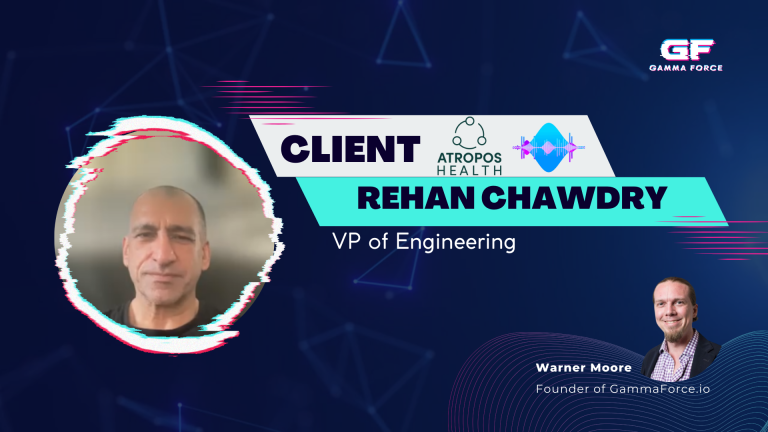A big challenge with building secure software is complexity and human error. Companies 15 years ago used to have embedded libraries, exposing organizations to numerous vulnerabilities. However, even though this challenge is still encountered by companies today, the tools we have are incredibly powerful.
With interpreted languages, automation tools can scan dependencies and automate security throughout the entire build and deployment process. The key to building secure software is automation, as it allows the development of secure software from the start as opposed to attempting to retrofit security later. Even better, software automation can enable faster changes and increase the speed to market.
How to successfully implement automation
Traditionally software security involves a lot of manual processes, which can slow the deployment process. That is why implementing a more agile, automation-oriented life cycle allows you to speed up software development and stay ahead of your competition while having best-in-class security from the start.
Even though automation tools can often be implemented easily, it is essential to consider more than tools. Agile methodologies and DevOps culture entail not only tools but also an organization’s culture – how we work together.
Now, we’ll explore how to implement automation and software security efficiently to look at some of the best practices used by successful organizations.
Automation tools
We’re humans and we’re fallible. As humans, we develop software and we make mistakes and can introduce security vulnerabilities in our production software. Fortunately, we can automate testing through using continuous integration (CI) tools and have security automation tools through every step of the Software Development LifeCycle (SDLC). Moreover, CI tools notify developers – or break the build, which raise issues concerning broken software or unsecured programming and thus can help the team build better and safer software through automation. These tools are a win for everyone involved in the process as they standardize how software is deployed, tested, and introduced to production.
Once we have CI in place, we can consider key points of our Software Development Life Cycle (SDLC). Developers can use linters in their Integrated Development Environment (IDE) to reduce errors during development. After committing to revision control, the CI environment can run Static Application Security Testing tools (SAST). Further into the CI pipeline, library dependencies can be monitored for vulnerabilities and to ensure that they’re running the latest versions. This is a quick example and there are many tools. Nevertheless, the key point is that you should ensure that you’re considering your full SDLC and implementing automation at the key points in your process.
DevOps culture and practices
DevOps culture and practices emphasizes cross-functional teams with shared purposes as opposed to siloing a team around a specific role or function. Your cross-functional team focuses first on product and purpose, which might include roles such as product, software, systems, and security within the team. These cross-functional teams are collaborative and help ensure that different roles are represented early in the development process, which can reduce accidental vulnerabilities and create more resilient technology platforms. DevOps practices can use tools that facilitate automation and emphasize working transparently.
Nevertheless, with DevOps, the emphasis is on culture over tooling. For example, when things go wrong with security, people often ask system engineers how to solve the issues. However, when all team members know how to fix that specific issue, the problem is solved faster. Collaborative teams build knowledge and shared capabilities, which are often stronger than simply one perspective being represented. Consequently, companies that embrace DevOps culture and practices often build higher quality software that is more secure and reliable.
Adapt it to your company
One of the most critical steps in successfully implementing automation and modern culture is aligning what works for your organization with the practices previously discussed. If your organization is not yet ready for a digital transformation, focusing on preparing your organization first would produce better results. Avoid common DevOps anti-patterns such as titling people “DevOps Engineers,” as it is not a title. “DevOps teams” are also an anti-pattern. Remember, we’re creating cross-functional teams with shared purpose, not creating another silo. To adopt software deployment automation, you need to consider your environment and what practices apply to you, and how to best introduce it to your organization. Moreover, employees are the key, and those with the best people win. Do you have a people centric engineering culture to enable their success?
With your existing team members, you might need to consider offering them meaningful training and helping them upskill. Having a culture that supports continuous learning not only helps sustain modern engineering practices, it also helps support a security awareness program. Security is everyone’s responsibility and though training frequently addresses compliance requirements, a culture of security is the only way for a company to be more secure.
Still unsure how to efficiently implement automation for better security in your organization? Don’t worry; we got you covered! You can reach out to us, and we can discuss the matter more in detail. Also, to better understand why you should implement automation in software deployment, we recommend reading the first part of this article.








1 Comment